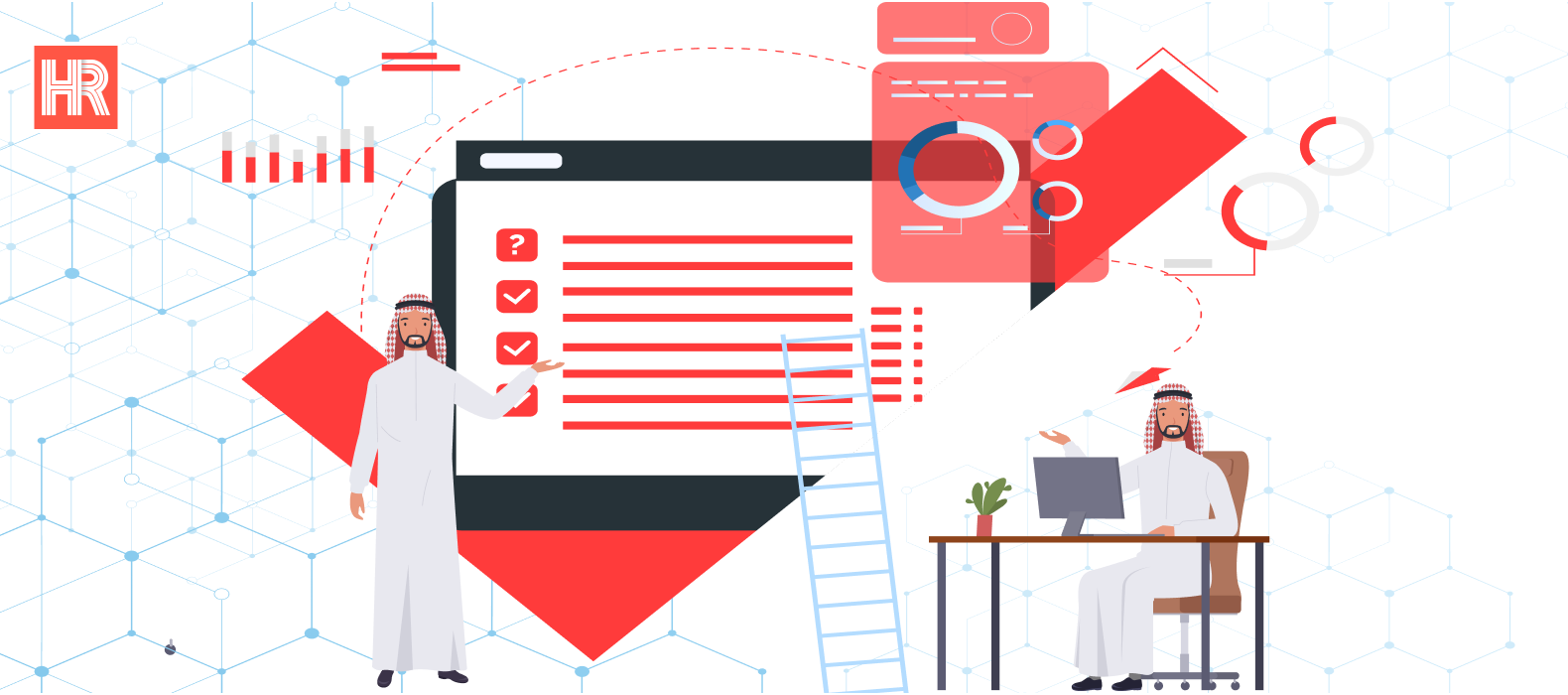No matter what industry you’re in, keeping up with ever-changing compliance requirements can be a challenge. Juggling paperwork, tracking deadlines, and ensuring everyone’s on the same page can feel like a never-ending task. But what if there was a way to make compliance management easier?
Software for compliance management is a powerful tool that can help you streamline your compliance processes, save time, and reduce risk. Imagine having a system that automates tasks, tracks progress, and provides real-time insights into your compliance status. That’s what compliance management software can do for you.
This blog will cover the top benefits and trends of using compliance management software that can help your business:
What is Compliance Management?

Compliance management is an ongoing process that organizations implement to ensure they adhere to all applicable laws, regulations, and standards. It involves a comprehensive framework of policies, procedures, and controls that are designed to identify, assess, and mitigate compliance risks. Effective compliance management helps organizations avoid costly legal penalties, protect their reputation, maintain stakeholder trust, and foster a culture of ethical behavior.
At its core, compliance management is about ensuring that an organization’s activities are aligned with the requirements set forth by external bodies, such as government agencies, industry associations, or contractual obligations. These requirements may span various areas, including financial reporting, data privacy, environmental protection, workplace safety, and product safety. By proactively managing compliance, organizations can demonstrate their commitment to ethical practices and responsible business conduct.
Benefits of Using Software for Compliance Management

In today’s complex regulatory environment, it is more important than ever for businesses to have a robust compliance management program in place. Software for compliance management can be a valuable tool for businesses of all sizes, helping them to:
1. Organize all of their compliance requirements in one place –
Software for compliance management can be used to create a centralized repository for all of an organization’s compliance requirements. This can include things like regulatory standards, industry best practices, and internal policies. By having all of this information in one place, businesses can easily access it and make sure that they are meeting all of their obligations.
2. Automate the compliance process –
Compliance software can be used to automate many of the tasks involved in compliance management. This can include things like tracking deadlines, managing training records, and generating reports. By automating these tasks, businesses can free up their employees to focus on more strategic work.
3. Improve visibility into compliance performance –
Software for compliance management can provide businesses with real-time visibility into their compliance performance. This can help them to identify and address potential compliance issues before they become problems. Moreover, this can also help businesses track their progress over time and make sure that they are on track to meet their compliance goals.
4. Reduce the risk of non-compliance –
Compliance software can help businesses reduce the risk of non-compliance by automating many of the tasks involved in compliance management. This helps ensure that companies are meeting all of their obligations and are not at risk of fines, penalties, or other legal action.
5. Streamlined Collaboration and Communication –
Software for compliance management facilitates collaboration and communication between different departments within an organization, such as legal, IT, and operations. This cross-functional collaboration ensures that all stakeholders are aligned on compliance objectives, responsibilities, and progress.
Future Trends in Compliance Management Software

1. Embracing Artificial Intelligence (AI) and Machine Learning (ML) –
AI and ML are transforming the way organizations approach compliance. AI-powered CMS can automate tasks such as risk assessments, policy reviews, and incident response, freeing up compliance professionals to focus on more strategic initiatives. ML algorithms can analyze vast amounts of data to identify patterns and anomalies, enabling proactive risk mitigation.
2. Cloud-Based Solutions for Scalability and Accessibility –
Cloud-based CMS solutions are gaining traction due to their scalability, accessibility, and cost-effectiveness. Cloud deployment eliminates the need for on-premises infrastructure maintenance and allows organizations to access their compliance data from anywhere in the world.
3. Data Integration and Risk Correlation –
Organizations are increasingly seeking Software for compliance management that can integrate with other enterprise systems to provide a holistic view of their compliance risks. By combining data from various sources, organizations can identify correlations between seemingly unrelated events, gaining a deeper understanding of their overall risk profile.
4. Continuous Monitoring and Real-Time Insights –
Continuous monitoring is becoming essential for organizations to stay ahead of regulatory changes and emerging risks. CMS, with real-time monitoring capabilities, can provide immediate alerts and insights, enabling organizations to take corrective action before compliance issues escalate.
5. Personalized Compliance Training and User Experience –
CMS is evolving to provide personalized compliance training and user experiences. AI-powered training modules can adapt to individual learning styles, and customized dashboards can provide users with relevant information based on their roles and responsibilities.
6. Integrating Compliance with Enterprise Risk Management (ERM) –
Organizations are increasingly integrating compliance management with enterprise risk management (ERM) to create a unified risk management framework. Software for compliance management with ERM capabilities can provide a centralized view of all enterprise risks, including compliance risks, enabling organizations to prioritize and manage risks more effectively.
The Bottom Line
In a nutshell, software for Compliance Management is a valuable tool that can help organizations of all sizes streamline their compliance efforts, reduce risks, and boost customer confidence.
If you’re looking for a way to improve your organization’s compliance, we encourage you to contact Idaratech HR . We have the expertise and experience to help you develop and implement a CMS that meets your specific needs.
FAQs
Question 1: What are some specific examples of how software for Compliance Management can improve efficiency?
Compliance software can improve efficiency in a number of ways, such as:
- Automating document reviews
- Streamlining approvals
- Automating risk assessment
- Generating reports
Question 2: What are some of the challenges of implementing CMS?
Some of the challenges of implementing CMS include:
- Cost: CMS can be expensive to implement and maintain.
- Data integration: CMS may need to be integrated with other enterprise systems, which can be complex.
- User adoption: Getting users to adopt CMS can be challenging, especially if they are not familiar with the technology.
Question 3: What are some of the critical features of CMS?
Some of the key features of Software for compliance management include:
- Task automation
- Document management
- Reporting and analytics
- Alerting and notification
Question 4: How can organizations overcome the challenges of implementing CMS?
Organizations can overcome the challenges of implementing CMS by:
- Carefully selecting a CMS vendor: It is essential to choose a CMS vendor that has a good track record and is experienced in working with organizations in your industry.
- Developing a solid implementation plan: A well-crafted implementation plan will help to ensure that the CMS is implemented smoothly and that employees are adequately trained on the new system.
- Getting buy-in from leadership: It is essential to get buy-in from the administration to ensure that the CMS project has the necessary resources and support.

